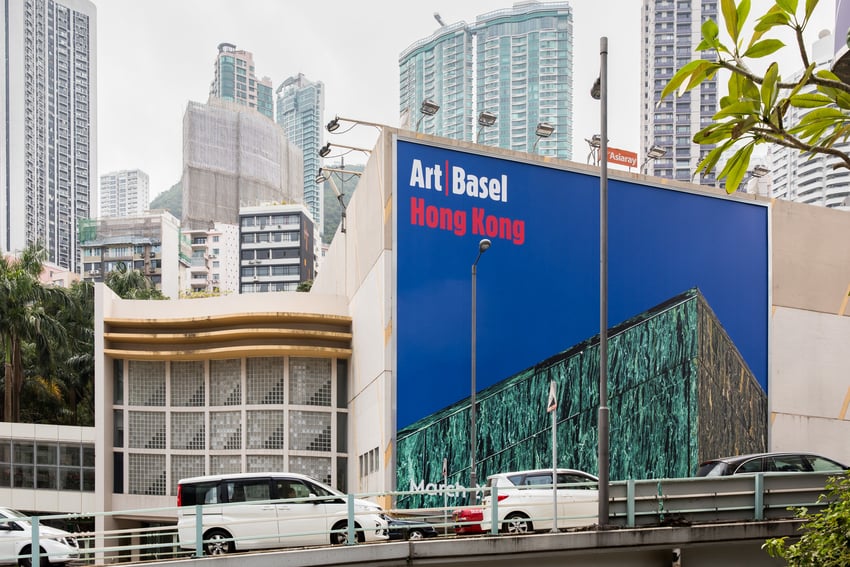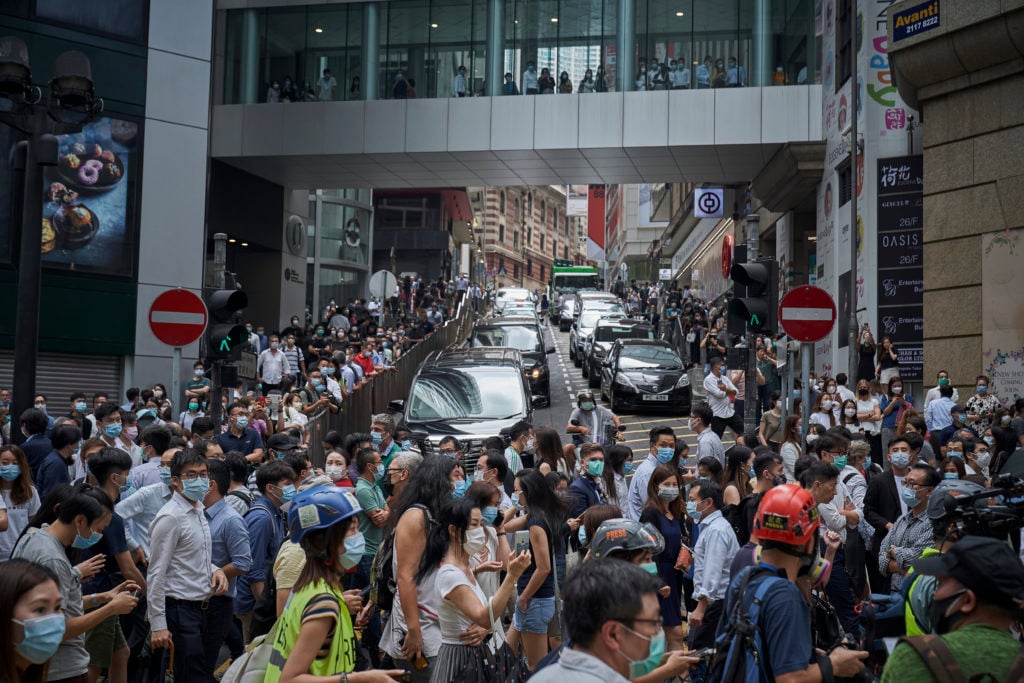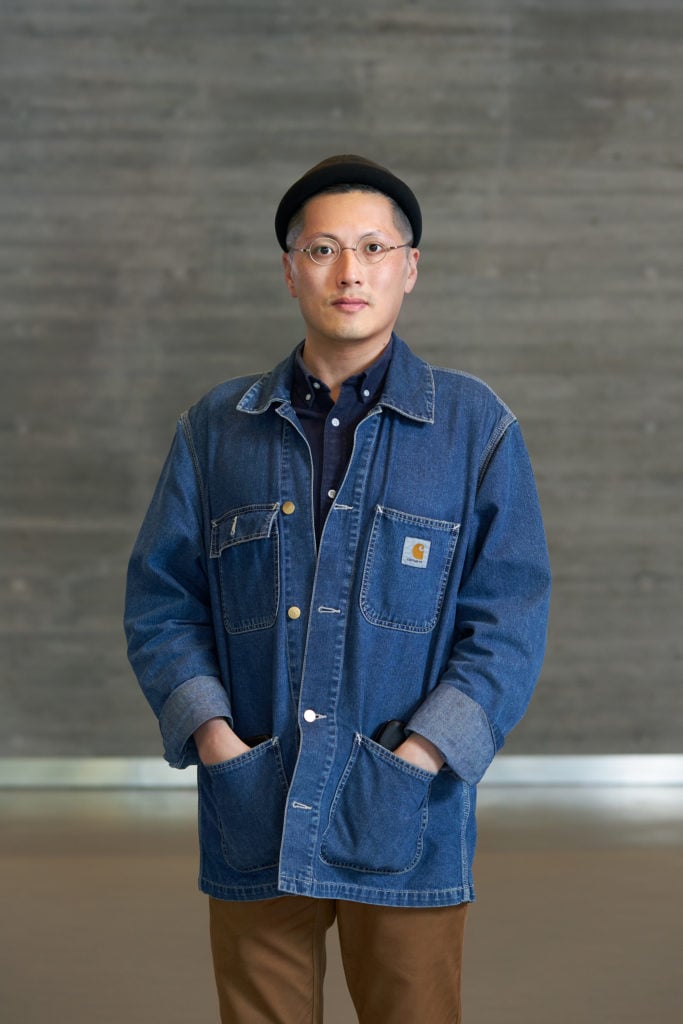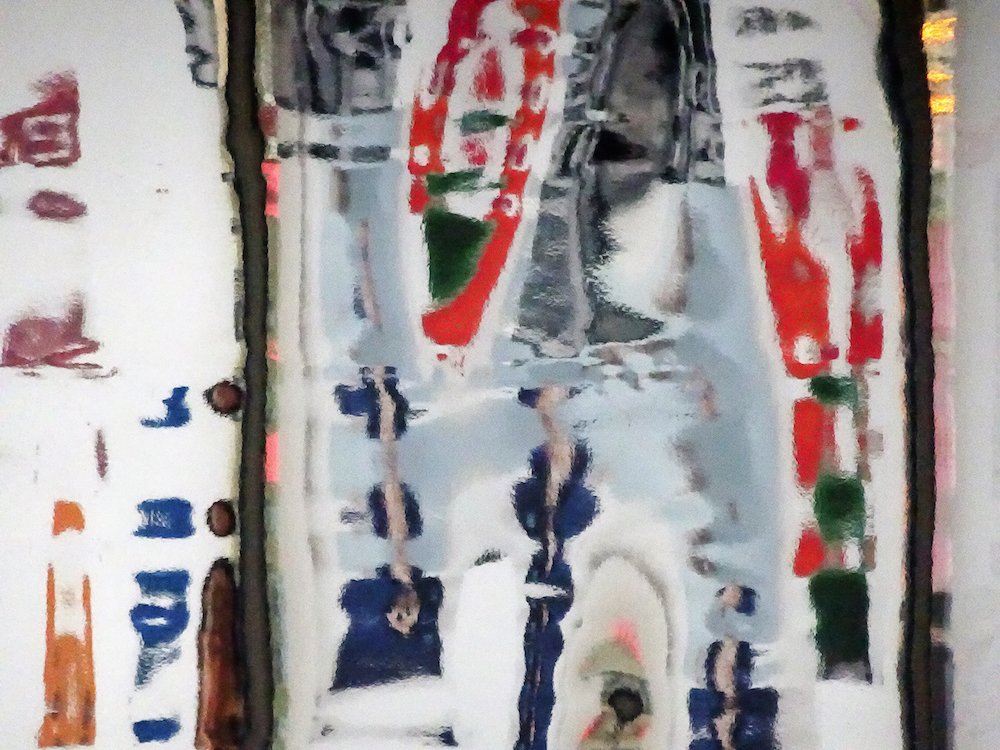Analysis
Hong Kong Is the Undisputed Capital of the Asian Art World. Does Beijing’s New Crackdown Mean It’s Destined to Lose the Title?
“I think it’s kind of the end of Hong Kong,” one source said.

“I think it’s kind of the end of Hong Kong,” one source said.

Kate Brown &
Eileen Kinsella

Hong Kong marked the 31st anniversary of the Tiananmen Square protests on June 4 differently than usual. For the first time since reunification in 1997, Beijing banned the city’s annual vigil. The move comes as a sweeping new security law passed by China last week pulled Hong Kongers back into the streets and reignited clashes with police. Despite the ban, protesters gathered for their annual candlelight vigil, a move that was met with teargas and arrests, according to Reuters.
The new legislation, which criminalizes “foreign interference, terrorism, secessionist activities, and subversion of state power,” comes in response to the large-scale pro-democracy protests that dominated Hong Kong from spring 2019 until its public-health shutdown early this year. And experts say it may forever change the city’s status as a cultural hub.
Many American businesses operating there, according to CNBC, are concerned about the implications. And while those with ties to the art market have remained largely quiet, some are fearing the worst behind the scenes. “I think it’s kind of the end of Hong Kong,” one source with business connections to the city told Artnet News. “It’s not going to happen immediately obviously, but in 10 years, Hong Kong will be another Chinese city as opposed to a great international metropolis.”

Hundreds of demonstrators flood the streets of Hong Kong on May 27, 2020. (Photo by Tang Yan/SOPA Images/LightRocket via Getty Images)
Concerns are twofold. First, there is the fear that the new law could result in widespread censorship—not to mention self-censorship—making Hong Kong a considerably less viable hub for challenging art. Second, there is a question of what will become of the special international trade relationships that have enabled the region to flourish for decades as a global hub for finance and commerce. At particular issue is the fate of taxes levied on imports and exports in what is currently a duty-free zone.
“We have been closely following the news regarding the new National Security Law in Hong Kong and consulting experts in the region to better understand if and how this might impact the arts, the art market, and especially our gallerists,” said a spokesperson from Art Basel, adding that it is still “impossible” to predict what the outcome will be.
Hong Kong-based artist Samson Young is not optimistic. “The most concerning aspect” of the new law, he said, “is that it is explicitly looking to create new instruments of policing that circumvent traditional checks and balances, to enact laws that are so broadly worded that its coverage is potentially limitless.”
Moving forward, Young said, “the main thing keeping us out of trouble will be the ‘mercy and conscience’ of the state, which can of course draw new red lines at a moment’s notice. For artists, writers and curators in the city who cannot and do not want to stop making, the stakes of their work have just been exponentially raised.”

Samson Young. Photo: Winnie Yeung @ iMAGE28. Courtesy of M+, Hong Kong.
M+, the highly anticipated museum of visual culture due to open in the West Kowloon Cultural District next year, declined to comment directly on the impact of the recent legislation, but reinforced the importance of freedom of speech for Hong Kong’s continued role on the world stage. “A city can only be a global arts hub if it offers a welcoming environment for the art that reflects a wide range of perspectives and views,” a spokesperson said.
Art dealer Ben Brown, who is participating in a new Hong Kong-based fair called Unscheduled and who was the first gallery to open in the Pedder Building a decade ago (and one of the first international galleries to expand to Hong Kong), says that he is not giving up on Hong Kong—though he is bracing himself for major changes.
Brown recently negotiated a cheaper lease for a larger space in Wong Chuk Hang, a fast-growing gallery hub about ten minutes from the city center. Though he says most of the work he shows is not overtly political, he is still concerned. “I think, by definition, there will be a certain amount of self-censorship and censorship from China,” he said. “The censorship issues which we face in China we will now face in HK, which we never did previously.”
His only previous brush with such censorship came in Shanghai when a uniformed official told him to take down a work depicting Shanghai’s Forbidden City by Brazilian artist Vik Muniz. The official pointed out that an image of Mao had been swapped out and replaced with a woman, a detail Brown had not even noticed.

Kitty Chou, White, Red, Blue & Green #1 (2016). Image courtesy the artist and Ben Brown Fine Arts, London and Hong Kong
Then there is the issue of taxes. Part of the reason Hong Kong became the art market’s capital in Asia—attracting the lion’s share of Western galleries as well as Art Basel—is because it is much less expensive to buy and sell art there. “What is going to be interesting is what they do about the tax regime because the reason Sotheby’s and Christie’s and me and Pascal [de Sarthe] and Gagosian and everyone else is there is because you can take a picture in and take a picture out with zero taxes,” Brown said. “It’s a piece of cake to function.” By contrast, art imported to mainland China is taxed at 34 percent.
Hong Kong not only has no tax on art imports, but also no wealth, gift, estate, or capital gains tax. It has also benefitted from relationships it has built with other countries: the US, for instance, places no restrictions on currency exchanges and adds few (if any) tariffs onto goods traded with Hong Kong. That’s a big reason why, between 1991 and 2018, total sales of fine art in the district’s auction houses swelled from approximately $11 million to nearly $1.4 billion.
But all this may change with the new law. Last week, US President Donald Trump announced his intention to revoke Hong Kong’s special economic privileges, including its preferential trading status. Other nations including Australia, Great Britain, and Canada have threatened the same, in part with the hope of pressuring the Chinese government to limit the scope of the national security law.
If Hong Kong’s special economic status is revoked, some cities are already being primed to emerge as successors. Due to the censorship and tax issues on mainland China, cities like Taipei or Singapore may be preferable. But Magnus Renfrew, the co-founder of ART SG and co-director of Taipei Dangdai, maintains there is enough buying power in Asia to go around. “Despite recent challenges, with the depth, strength, and diversity of Hong Kong’s arts scene, we are confident in the future of Hong Kong as a leading arts hub in Asia,” he said.
The true impact will begin to be understood as the particulars of the final text become public—and enforcement begins. “It is too soon to gauge the true impacts of this on our business,” said Shasha Tittmann, director of Lehmann Maupin in Hong Kong. “They are manifold. Hong Kong has been under extreme distress for the past year. If there is anything we have learned, it is that the city and its community are incredibly resilient.”